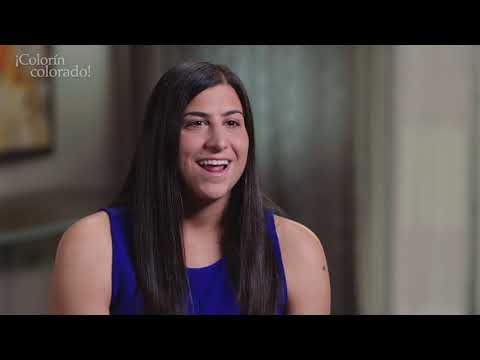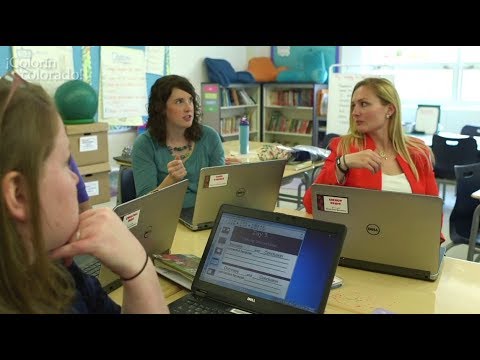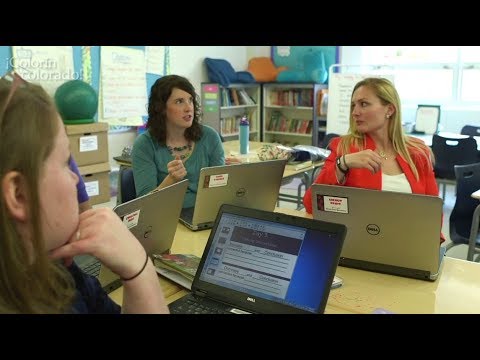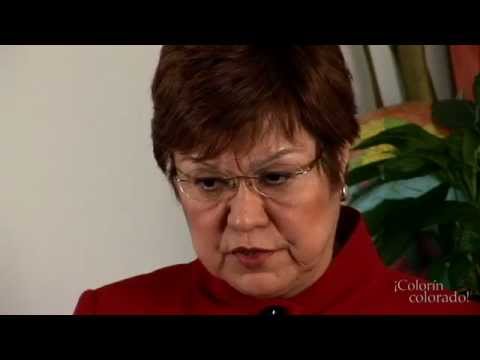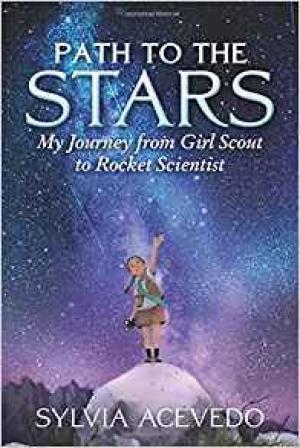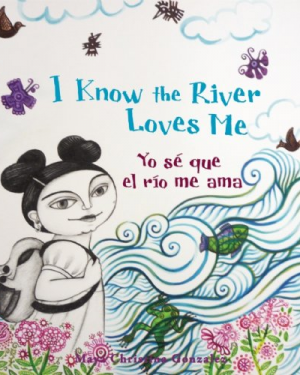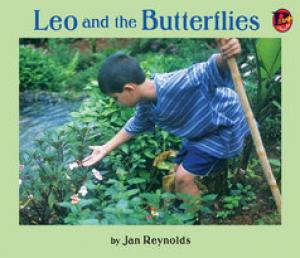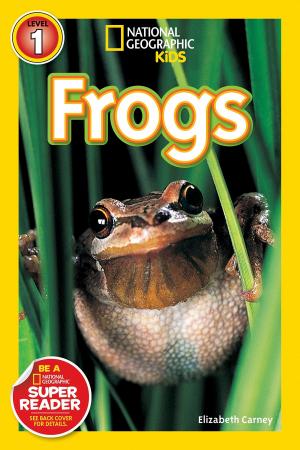Science Instruction for ELLs
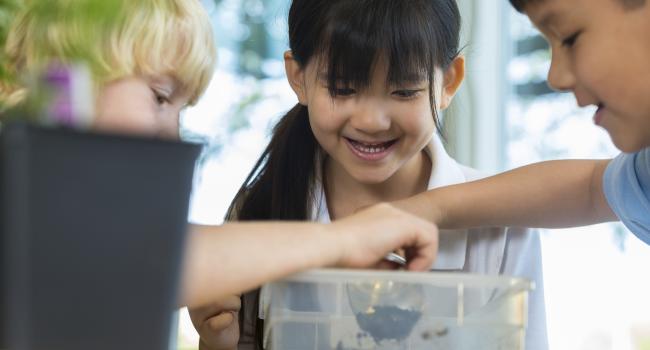
Science can provide exciting opportunities for students to make discoveries and use their language skills, especially through inquiry-based lessons. This section offers strategies, resources, and guidance for helping ELLs succeed in science, as well information about the Next Generation Science Standards.
Featured Articles
- Supporting ELL Success with STEAM and Hands-On Learning (Part 2)
- Communication and Language Strategies for the Science Inquiry Classroom (Part 2)
- Opportunities and Challenges for ELLs in the Science Inquiry Classroom (Part 1)
- Using Science to Develop ELLs' Language Skills
- Going Green with English Language Learners
Blog Posts
- Year-End Review: A Recap of Our CCSS for ELLs Posts (Part 2)
- Science and Language: Making Connections with the Next Generation Science Standards
- Teaching Science to English Language Learners: What do the NGSS Tell Us?
- State of the Union: Latino Students in the Spotlight
- Recent CCSS for ELLs Resource Roundup
Related Video
Books and Booklists
Research and Reports
- Educating English Language Learners: A Review of the Latest Research
- Teachers' Perspectives on a Professional Development Intervention to Improve Science Instruction Among English Language Learners
- Urban Elementary Teachers' Perspectives on Teaching Science to English Language Learners
- Benchmarking the Success of Latina and Latino Students in STEM to Achieve National Graduation Goals
- Unlocking Learning: Science as a Lever for English Learner Equity
Recommended Resources
Next Generation Science Standards
The Next Generation Science Standards (NGSS) are K-12 science standards aligned across disciplines and grades to provide all students an internationally bench-marked science education. The NGSS are a parallel initiative to the Common Core, but are not part of the CCSS.
Teaching Science to Diverse Populations and Related Case Studies
The Next Generation Science Standards include guidance (Appendix D) on implementation with diverse populations such as English language learners.
The ELL case study focuses on a 2nd-grade classroom learning about soil in an Earth Science lesson. (Read more about each document in our Research and Reports section.)
Recommended Resources
Peep and the Big Wide World: Bilingual Activities & STEM Curriculum
 Public television producer WGBH has launched a bilingual website and preschool curriculum based on Peep and the Big Wide World, the Award-winning STEM series for 3-5 year olds following a newly hatched chicken named Peep and his friends Chirp and Quack (a robin and a duck) on their daily adventures. Each half-hour episode contains two stories which highlight specific science concepts, plus two live-action shorts presenting real kids playing and experimenting with these concepts in their own big wide worlds.
Public television producer WGBH has launched a bilingual website and preschool curriculum based on Peep and the Big Wide World, the Award-winning STEM series for 3-5 year olds following a newly hatched chicken named Peep and his friends Chirp and Quack (a robin and a duck) on their daily adventures. Each half-hour episode contains two stories which highlight specific science concepts, plus two live-action shorts presenting real kids playing and experimenting with these concepts in their own big wide worlds.
The accompanying site includes bilingual games, videos, apps, a 6-unit STEM curriculum, professional development video modules for early childhood educators, and science resources and activity ideas for families. The website is also available in Spanish.

